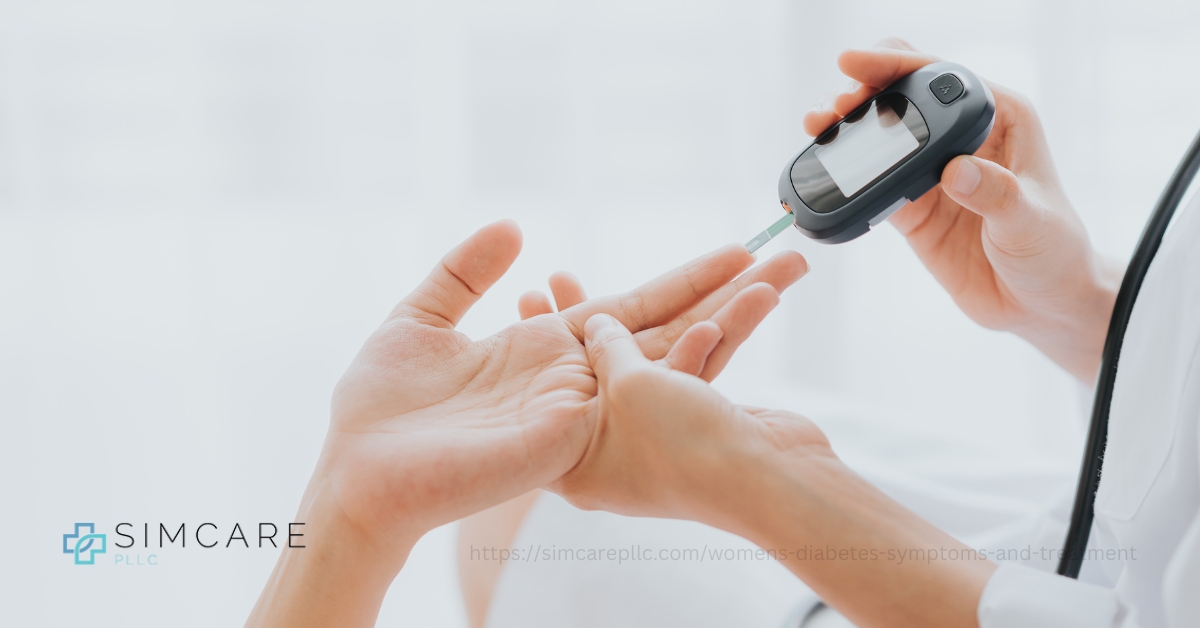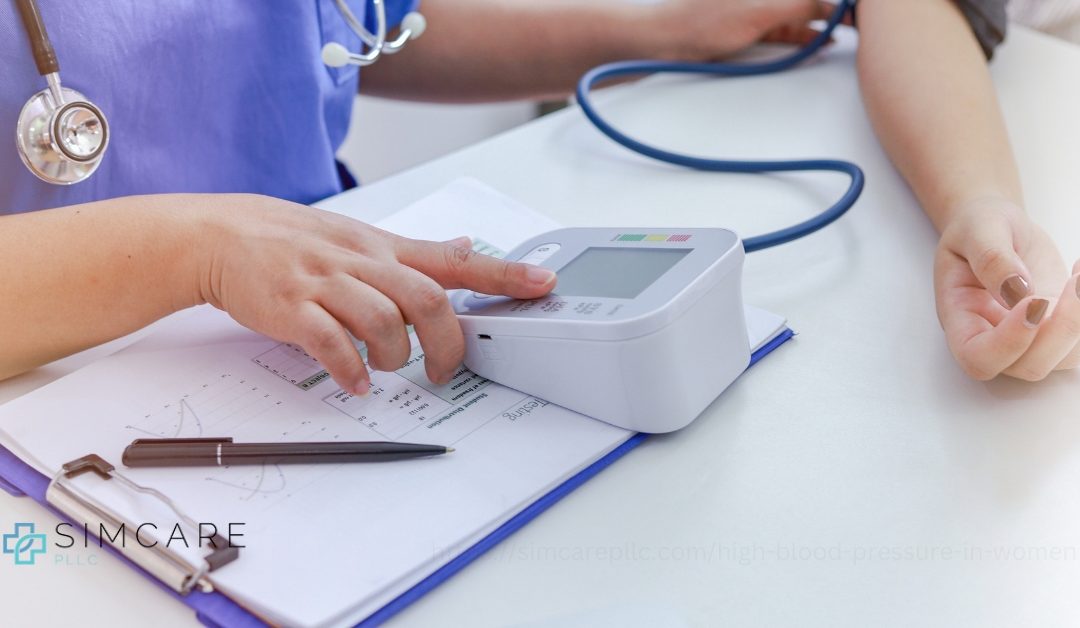Over 199 million women today have diabetes, and by 20401, that number is expected to rise to 313 million. With 2.1 million deaths per year from diabetes, the majority of which are premature, diabetes is the tenth greatest cause of mortality in women worldwide1. Women and diabetes is a significant concern for a number of reasons.
Men and women both experience the effects of diabetes, but women are more severely affected by its aftereffects. Pre-menopausal women with diabetes no longer have the same level of protection from heart disease as non-diabetic women2, and they have a 50% higher risk of dying from the condition than men do.3,4,5,6. According to a study, 36.9% of diabetic women who experienced a heart attack died within a year.
However, in this article, we will talk about the scenarios, consequences and risk factors regarding diabetes in women. If you have suffered the same situation and want to know the solution, this article is just for you!
Table of Content
● All about diabetes mellitus
● Causes and symptoms of diabetes in women
● Diabetes and PCOS
● Hyperglycemia
What is Diabetes Mellitus?
A metabolic illness called diabetes mellitus develops when your blood sugar level is too high. The hormone insulin, which is produced by the pancreas, aids in converting the glucose found in food into usable energy for the body. Glucose is what the body utilizes for energy. The glucose does not reach your cells to be used as fuel when the body does not create enough or any insulin. Diabetes type 1 and type 2 are the consequences.
The CDC estimates that 30 million and 7.2 million Americans, respectively, are unaware that they have diabetes. Diabetes comes in two different forms:
1. Type 1 diabetes, often known as juvenile diabetes, is an autoimmune disorder in which the body can not manufacture insulin as a result of the immune system attacking beta cells, which are the pancreas’ insulin-producing cells.
Cells with type 2 diabetes struggle to utilize glucose (blood sugar) as an energy source effectively. This happens over time as blood sugar levels rise too high and the cells lose their sensitivity to insulin.
2. Type 2 diabetes frequently develops before prediabetes, which is also spelled pre-diabetes. When your blood sugar level is over normal but not quite high enough to be diagnosed with diabetes, you are said to have prediabetes.
Since prediabetes typically has no symptoms, there can be no early indicators. If you have prediabetes, a blood test can prove it.
What are the early indicators and symptoms of diabetes in females?
There are some symptoms and complications of diabetes that are exclusive to women, although many type 1 and type 2 symptoms in women are the same as those in men.
Itching and soreness in the vaginal area, as well as oral and vaginal yeast infections: Both oral yeast infections (oral thrush) and vaginal yeast infections can be brought on by an overgrowth of the Candida albicans fungus. The following are signs of vaginal yeast infections:
● Itching and soreness in the vagina
● Virulent discharge
● painful sexual activity.
Oral thrush symptoms include:
● mouth with white spots
● Bruising and redness
● difficulty swallowing or eating
● Red and swollen inner cheeks or gums.
What if a woman with diabetes becomes pregnant?
If diabetes is effectively managed, it need not have an impact on pregnancy. When considering getting pregnant, women with diabetes should consult their doctor so that they can learn how to control their blood sugar levels prior to conception. During pregnancy, you’ll need to know how to keep an eye on and manage your blood sugar and diabetes.
Pregnancy-related elevated blood sugar levels pose dangers to both the mother and the unborn child. High blood sugar levels may cause:
- premature birth
- difficult labor and delivery or cesarean section
- Miscarriage
- High blood pressure associated with protein in the urine, or preeclampsia.
- delivering a big baby
- Having low blood sugar as a newborn
- a newborn’s eyes and skin becoming yellow
Is there any possibility of getting PCOS if I have diabetes?
If a person has diabetes, their chances of developing PCOS increase. A hormonal imbalance in PCOS prevents the ovaries from properly releasing eggs. This might impact fertility.
Although PCOS is not a sign of diabetes, diabetic women are more likely to have it than non-diabetic women.
The American Diabetes Association (ADA) claims that there may be a connection between PCOS and insulin production in addition to genetic variables.
Symptoms consist of dependable source:
- menstrual period irregularity
- Acne
- Depression
- infertility issues
- higher body weight
- skin variations
When PCOS is identified, a patient should also inquire with their physician about diabetic screening.
Pregnancy-related hyperglycemia (HIP): A danger to our future health
HIP is frequently present along with pre-diabetes, overweight, obesity, and T2DM in a particular population. Individuals born with low birth weight (LBW) or SGA display insulin resistance and a higher risk of diabetes at considerably lower body weight, body mass index (BMI), and central adiposity thresholds in underdeveloped nations where there are still significant levels of undernutrition and hunger.
These consequences may manifest in young women who were born LBW or SGA during pregnancy, leading to gestational diabetes mellitus (GDM) and/or pregnancy-induced hypertension (PIH). Significantly increased frequencies of GDM27 are linked to fetal birth weights under 3000 grams.
Due to prenatal developmental programming, children of mothers with HIP are more likely to acquire early-onset obesity, pre-diabetes, T2DM, and cardiometabolic disorders. Due to this, pregnant female children of moms with HIP are extremely susceptible to hyperglycemia. When compared to pregnant women with a paternal history of diabetes, those with a maternal history have a considerably higher chance of developing gestational diabetes (GDM)31.
One in six pregnancies may be linked to hyperglycemia globally, with GDM1 accounting for 84% of these cases. In 2013, 16.8% of live births were linked to HIP, with overt pregnancy-related diabetes accounting for 16% of them. This does not take into consideration pregnancies that result in spontaneous abortions, stillbirths, or intrauterine deaths that may have been linked to proved or suspected hyperglycemia.
We can Help!
In order to address your medical needs and concerns, we offer great, complete wellness and curative services at SIMCARE. Our clinic expertise in offering diabetic acute diseases, PCOS and other gender related issues.
No matter if you have suffered from such or not, give a try on our Sugraland or Pearland location to know if we are worth it!
References
https://www.ncbi.nlm.nih.gov/pmc/articles/PMC5861464/
https://www.medicalnewstoday.com/articles/310780#gestational-diabetes






